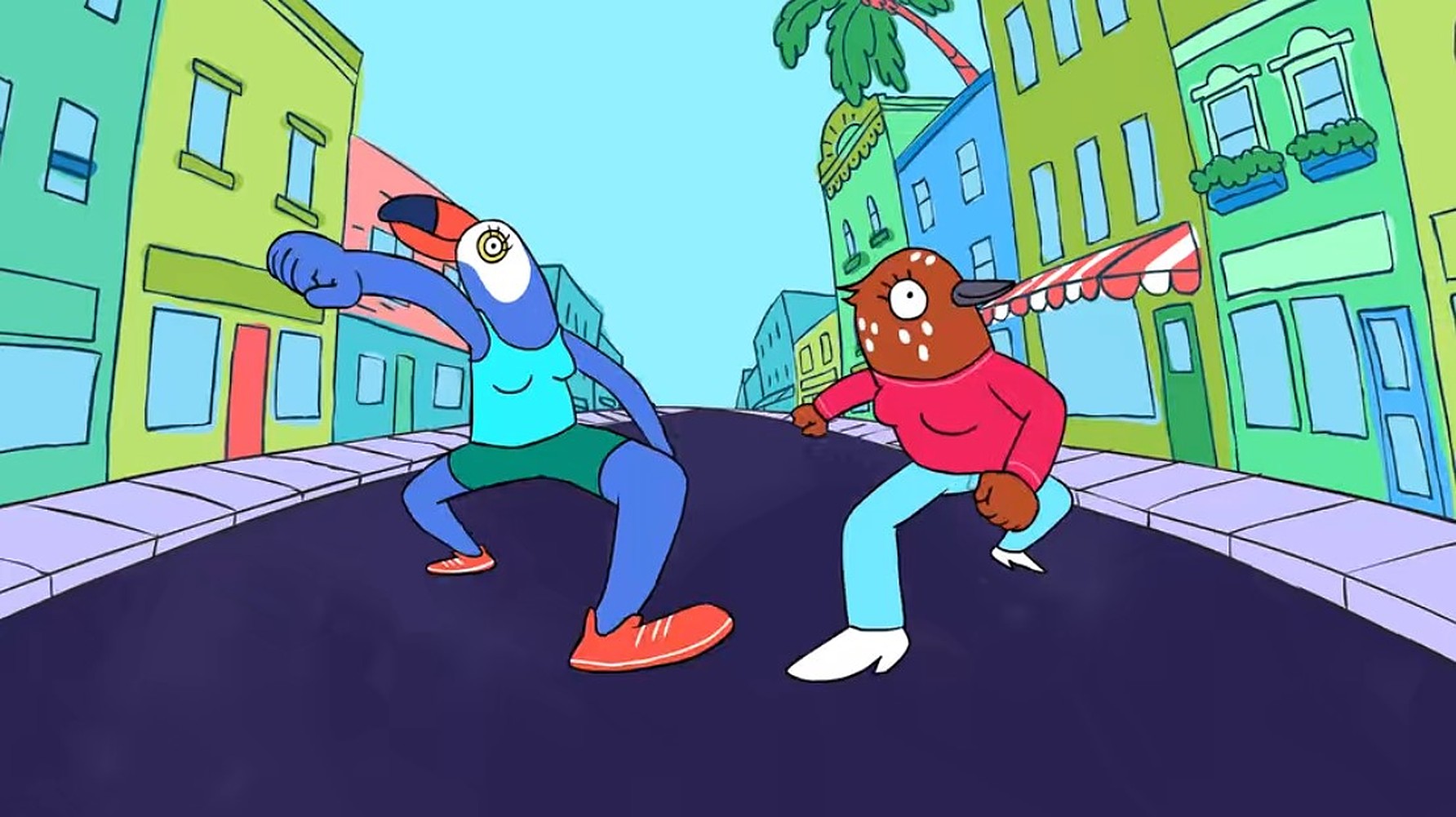Table of Contents Show
At first glance, Tuca and Bertie looks like yet another kid’s cartoon. The jokes are rapid-fire, the world is colorful, and the main cast is made up of anthropomorphic birds. With animation able to achieve this, it’s no wonder the medium has become more popular with adult sitcoms. Now the visual humor and crazy predicaments these cartoons are known for can go beyond children’s enjoyment. But unlike most shows in its genre, Tuca and Bertie uses its medium for more than just jokes.
Creator Lisa Hanawalt began on BoJack Horseman as the show’s production designer, demonstrating a strong sense of artistic style that shone through her work. In this sense, she goes above and beyond on her own show, Tuca and Bertie. Hanawalt uses the animated medium to illustrate adult themes and complex emotions with techniques involving visual effects and various art styles. She understands that adult animation isn’t just for raunchy jokes; it is for exploring mature ideas and the struggles of adult life in a unique way.
Tuca and Bertie’s Wacky World
The world of Tuca and Bertie is steeped in surrealism. Buildings bounce, the subways are snakes, and nearly the entire population is either a plant or an animal. Despite this, the wacky style makes the world all the more immersive, with chaos serving as the constant element holding it together.
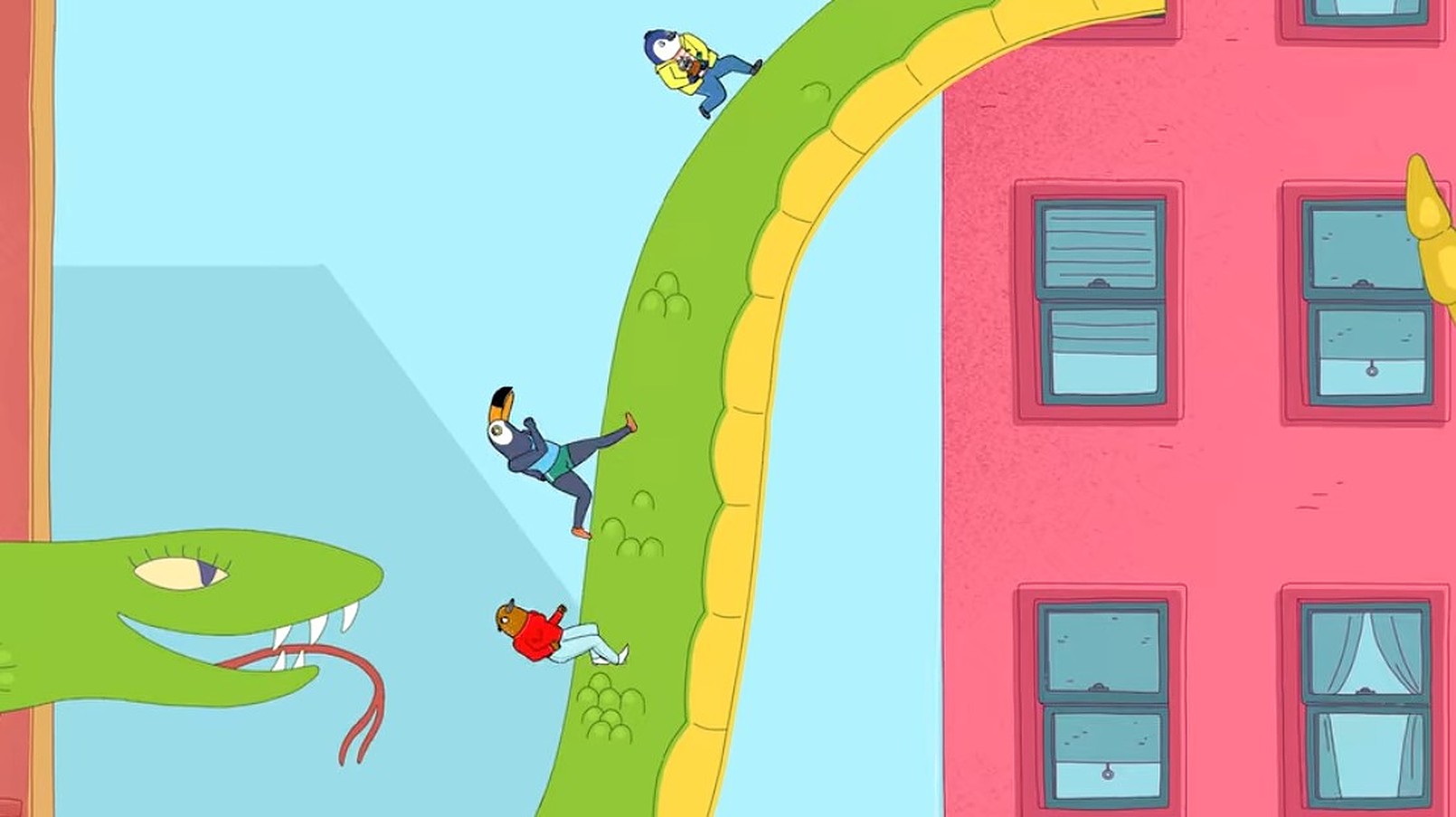
From the start, the world communicates that absurdity is a natural part of these characters’ lives. Oddly enough, these fantastical events make the show more relatable. Real life has its fair share of absurd moments, so Tuca and Bertie makes it a point to exaggerate these and demonstrate how to approach them.
When a piece is described as “real,” it usually means that it possesses heavy themes and has a harsh way of portraying life. Tuca and Bertie does this at times, but it never gets gritty. Rather, the show focuses on recovery and finding positives. The hectic nature of its world is never portrayed negatively. Instead, the characters have a mindset of turning the absurd into exciting new experiences.
Visuals On A New Level
One advantage that animation has over live-action is its ability to use over-the-top visual gags. In comic book fashion, a “POW!” can pop onto the screen without throwing off the focus of the show. Tuca and Bertie often uses this technique to communicate important aspects of the characters and their feelings. Since the world is already so bright and colorful, these effects work seamlessly with the rest of the show.
An Introduction To Tuca And Bertie
Tuca and Bertie manages to find a new way of breaking the age-old writing rules of “show don’t tell.” When the title characters are first introduced, words flash onto the screen describing them. Tuca herself tells the audience that she’s a “friend” and “confident yet relatable,” while the effects describe Bertie as a “people pleaser” and “fussbudget.” Right off the bat, the visuals show the pair of best friends as total opposites — a dynamic that comes with pros and cons.
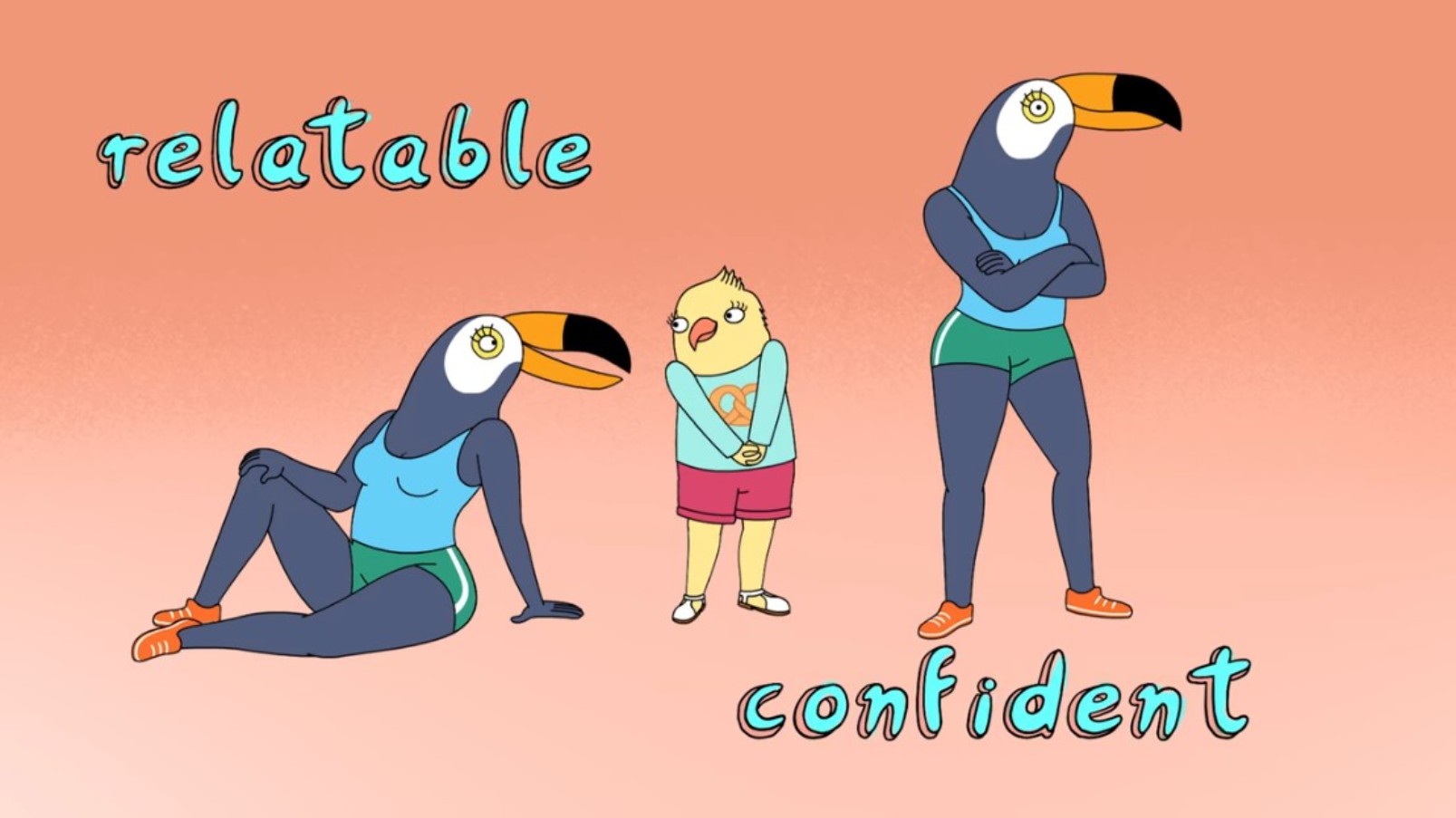
The usage of visual gags in this particular instance may not reveal the deep, dark sides of each of these characters, but it does quickly advance the narrative. In live-action or even in some other cartoons, this would likely be criticized as lazy. But since Tuca and Bertie immediately establishes itself as a wacky cartoon, they can get away with this technique. Using its clever visuals and an eccentric tone, the show gets audiences to connect with its main characters the second they appear on screen.
Bertie The People Pleaser
Bertie has large aspirations of turning her baking hobby into a career, but she isn’t the go-getter her best friend is. Instead, she quietly waits for life to happen to her, often overwhelmed by the world and the people around her. Eventually, she gets an apprenticeship at a local bakery, but the head chef, Pastry Pete, is too intense for her. Visual effects are once again employed, but this time to communicate Bertie’s anxiety. As she bakes, Pete demands her work to be “BIGGER! BETTER! FASTER!” with his words literally overwhelming her on the screen.
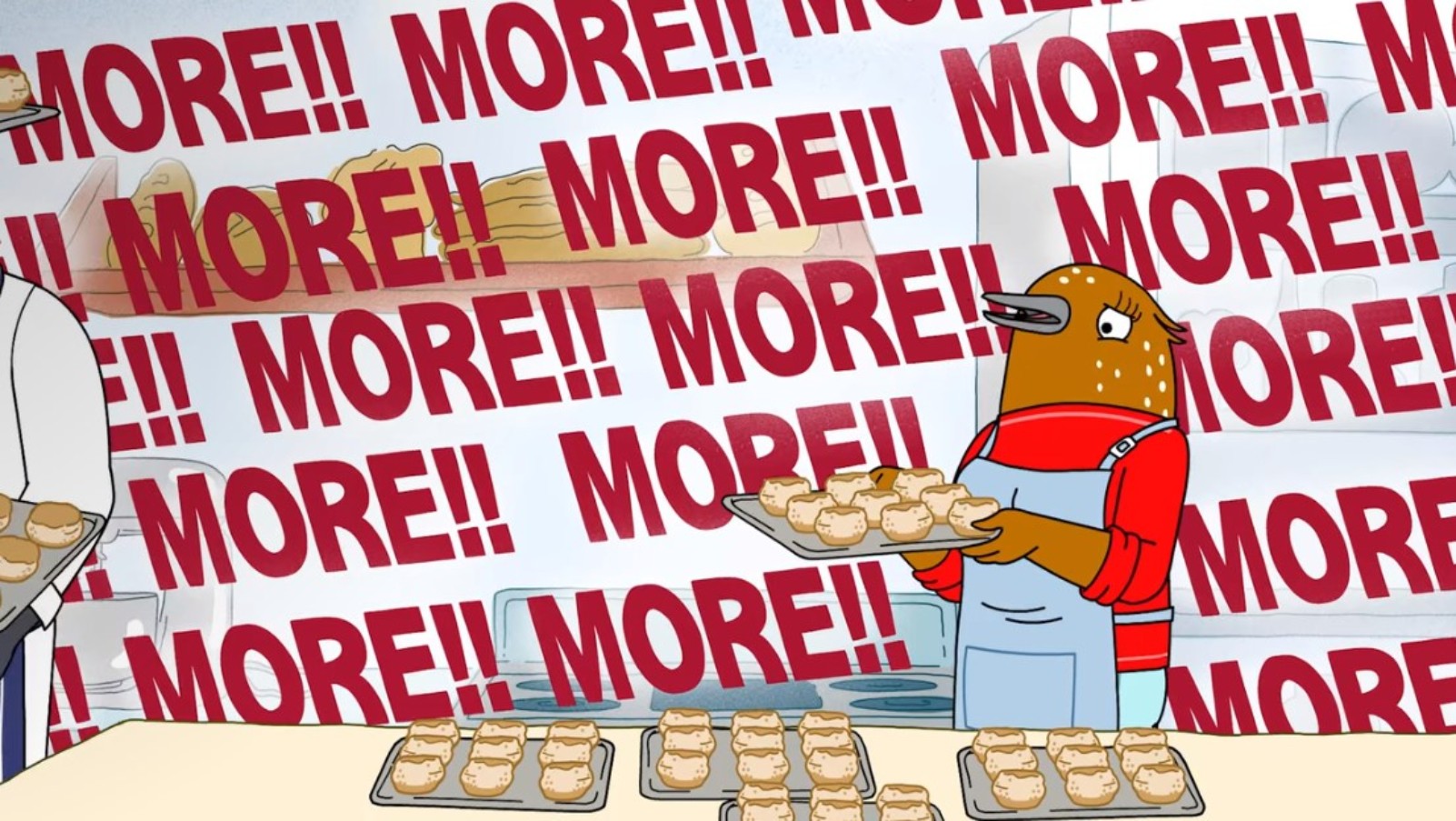
Tuca and Bertie treats these effects almost as characters themselves; they often interact with the cast and have clear goals they want to achieve. In this case, it takes the form of Pete’s words with the purpose of overwhelming Bertie. The few effects in this scene communicate everything viewers need to know about Pete as a boss, the demands of Bertie’s job, and her feelings about it. Without them, the scene wouldn’t have had the same impact.
Tuca, A Friend But Not Family
As outgoing as Tuca is, she’s quite lonely. Despite having a real family, the only people she would give that title to are Bertie and Bertie’s boyfriend Speckle. Sometimes the visuals on Tuca and Bertie aren’t loud; instead, they are integrated into the setting. The final episode marks the holiday season and everyone in Birdtown is celebrating their version of Christmas. Tuca hates this time of year because of the awkward call she always has with her sister Terry. But as the episode goes on, Terry’s call never comes and the loneliness starts sinking in for Tuca.
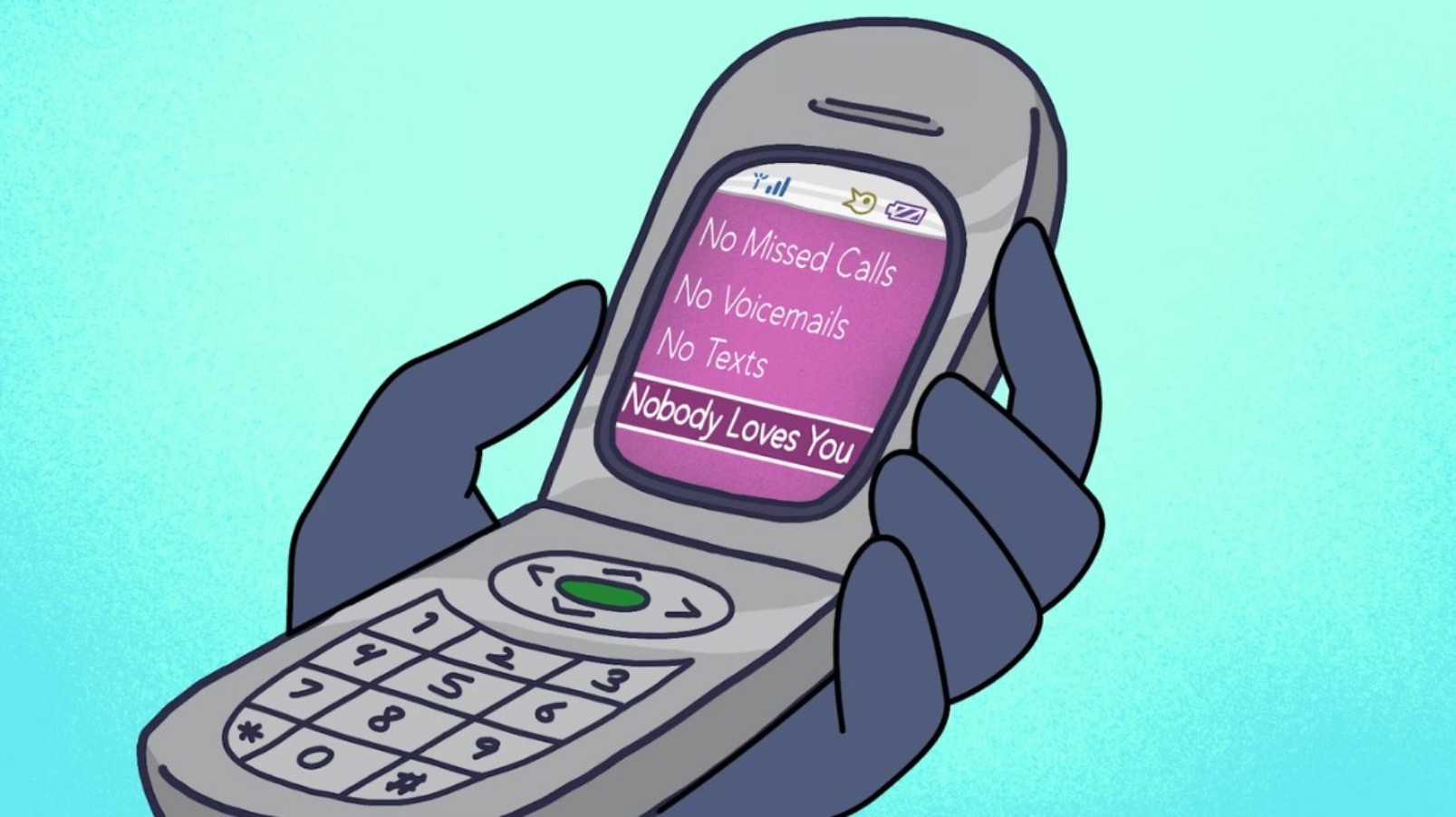
With the use of clever visuals, the phone confirms all her insecurities. This isn’t communicated in a loud way like with Bertie and Pastry Pete. The technique is a subtle contrast to the loud and confident Tuca, showing how much these quieter feelings affect her. Tuca and Bertie‘s frequent use of this technique only strengthens the bond the audience feels with the characters by giving the audience a strong sense of their emotional states.
Variety In Art
Tuca and Bertie‘s art style communicates its surreal world by being colorful and fairly simplistic. But there are a few instances throughout the series where the style changes for heavier moments, even branching out from typical animation. The show acknowledges that its core art style can’t communicate everything, but with the vast world of visual arts on its side, it uses these different art styles to take viewers deeper into the characters’ experiences.
The Moldability Of Claymation
Towards the end of the series, the fussbudget Bertie is fed up with Tuca’s irresponsibility and the two have a blowout spurred on by their extreme differences. While Bertie has Speckle to return to for company, Tuca is completely alone. In a sequence where the Tucan finally confronts Bertie’s shaming voice that has haunted her mind since the fight, the style shifts to claymation.

In this scene, the pieces of clay break into pieces and form new images, showing just how easy it is for our thoughts to mold into great evils. The claymation maintains the same bright colors of the regular style, but the difference in form is the source of the scene’s emotional core. Tuca’s thoughts shift from one worry to another and she loses control. But, after confronting them, she molds them into something more positive and resolves to be her best self.
The Distance Of Silhouettes
Throughout the entire show, Bertie struggles with standing up to various men in her life. There are Pastry Pete and her coworker Dirk who have all harassed her in some form. In the penultimate episode of Tuca and Bertie, the source of this debilitating struggle is revealed through a sequence animated with silhouettes.
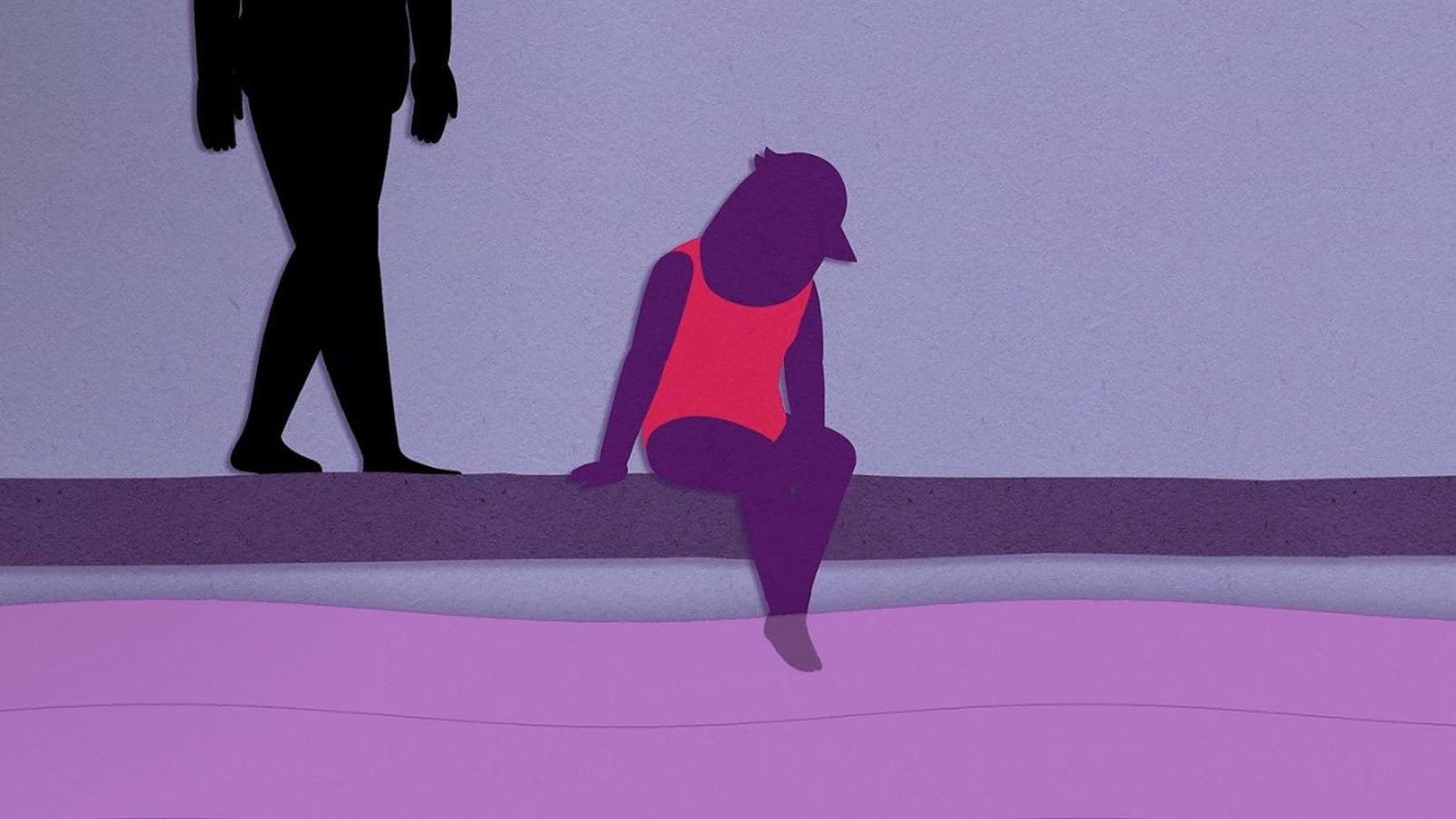
Despite still using the same 2D animation the rest of the show has, the papery textures make the scene appear flatter. The audience never sees any faces; they’re drawn into the experience through the colors. In a world where brightness is an everyday part of life, the darker and more subdued palette brings a grim feeling to the scene. The only bright color was the young Bertie’s red swimsuit, but that was eventually stripped away from her. While audiences never see the face of the offender, it’s the impersonal feeling that brings the scene together and communicates Bertie’s trauma.
The Despair Of Grayscale
In a world that’s bright and loud, Tuca manages to be brighter and louder. But even she has her dim moments. When Tuca was young, she lived with her single mother and many siblings, but that all changed when her mother died in a car crash. In a black and white scene where a young Tuca sits with her Aunt Tallulah in the hospital, it’s revealed that the doctors couldn’t save her mother.
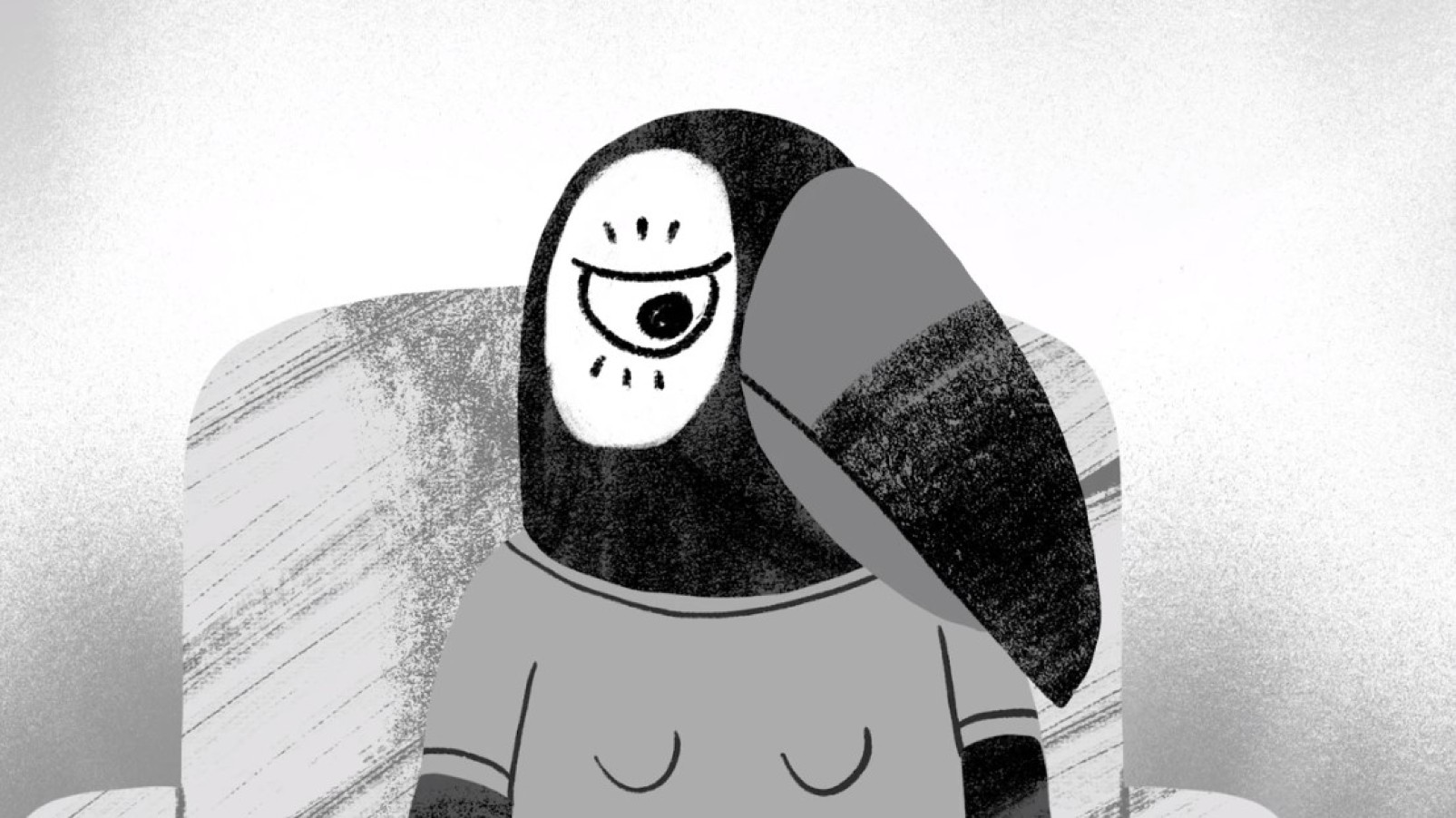
This was a pivotal moment in Tuca’s life, changing her view of family and planting the seed for her eventual alcoholism. The scene lacks any color and the animation is paced down, but these work together to create a pervasive sense of despair. Every artistic element of the scene contrasts Tuca’s lively personality and it’s these stark differences that give the scene its weight. If the show’s regular art style was used here, the scene would lose its impact.
Absurd Events
Every story needs a logic to it, but unlike live-action stories, cartoons can bend the rules and still come out with a believable product. In typical sitcom fashion, Tuca and Bertie frequently puts its characters in crazy situations. But rather than just using them for laughs, the show uses them to push a deeper narrative forward. The show’s methods may make their intentions with each situation obvious, but it’s satisfying all the same.
A Double Make Up
In the penultimate episode of the series, Tuca and Bertie confront each other and reevaluate their friendship. They both said hurtful things, but each knew that the other only wanted to help. The two took a spontaneous road trip to anywhere but Birdtown, stopping at a shopping mall on the way. While they do make up in the car, it isn’t until they arrive at the mall that they express their feelings about their friendship to each other. Rather, two teenagers in a similar struggle do.
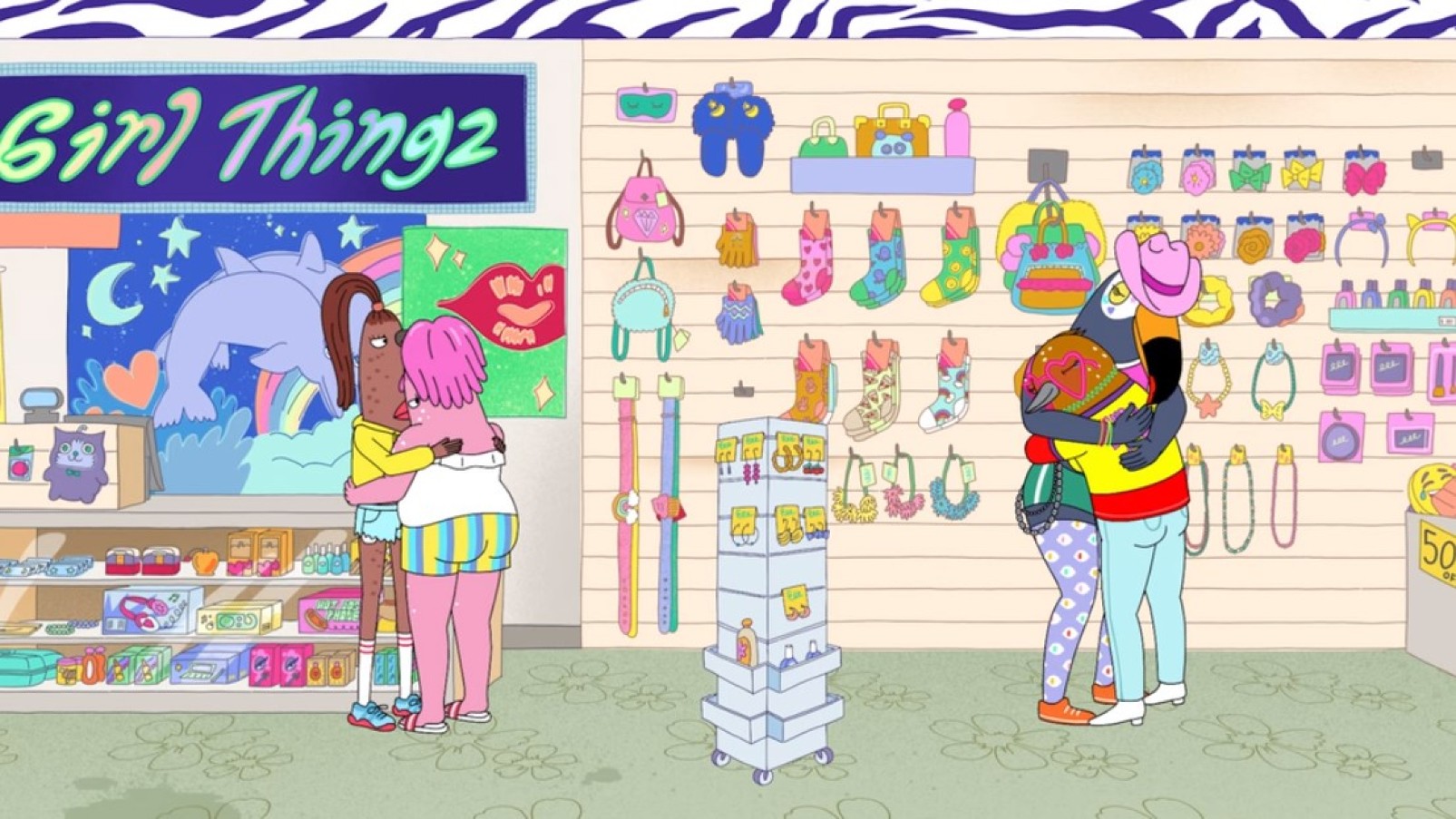
The cashier of a store they visit makes up with her own best friend. The teenagers resolve their fight by expressing how much they mean to each other and Tuca and Bertie use their words to bring their own fight to a silent end. As strange and obvious as the situation was, it gets the message across in a unique way. Friendship has always been a core theme in the show, so there was no better way to end Tuca and Bertie’s brief break up.
Bertie’s Swift Revenge
After her trip with Tuca, Bertie returns to Birdtown, her boyfriend, and her bakery apprenticeship. The trip may have changed Bertie as a person, but Pastry Pete is still the same domineering man. Tired of his treatment of her, she quits the apprenticeship and declares that she’ll open her own bakery. However, upon hearing this, Pete threatens her and tells her she can’t be anything without him. The situation begins to get physical, but Tuca luckily catches it all on camera.
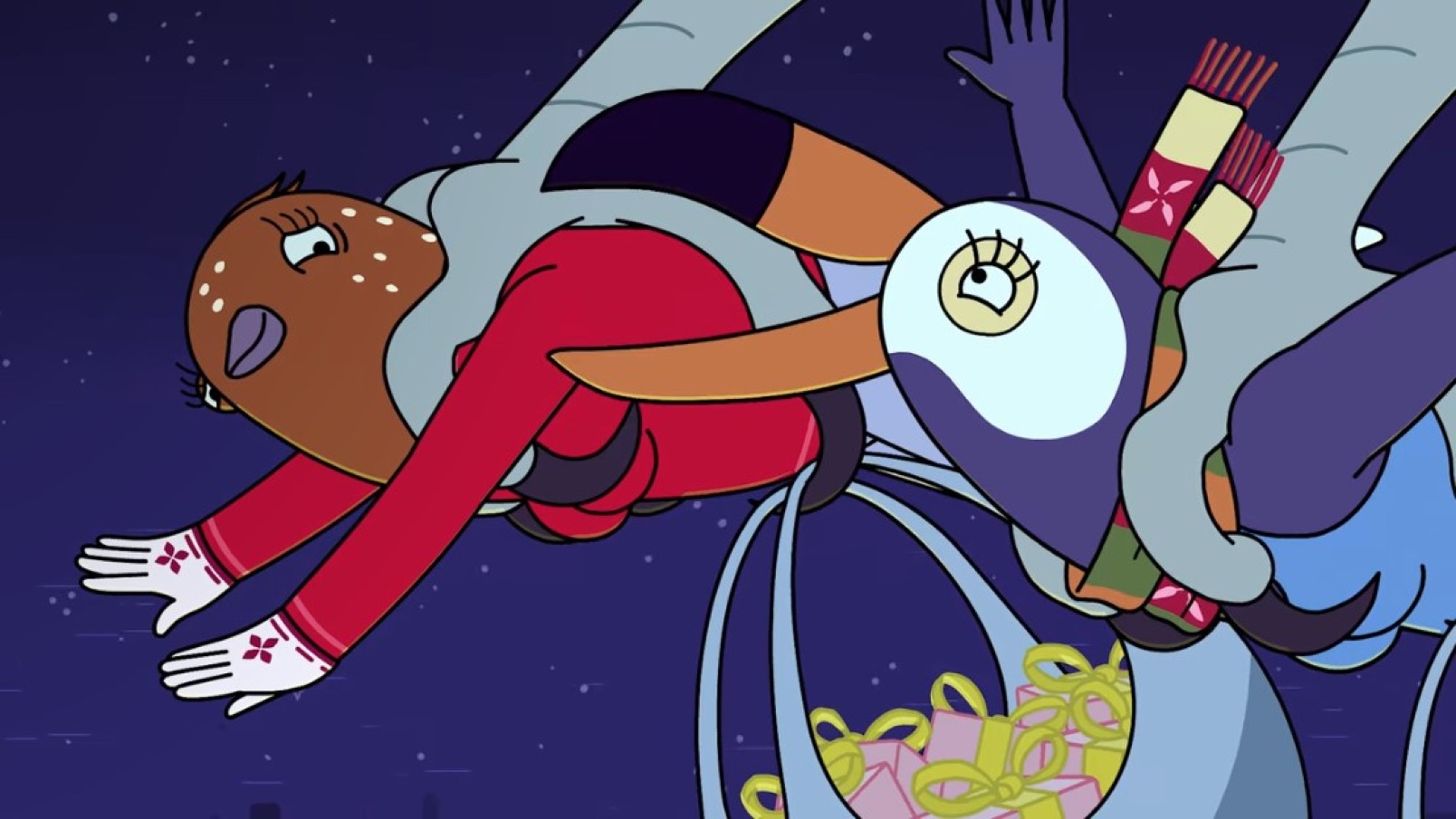
The release of the video sparked public outrage. This in itself isn’t unrealistic, but Bertie’s response to the sudden influx of orders for her at-home bakery is. Forced to rely on a few friends and neighbors, Bertie manages to crank out hundreds of orders in one day despite having limited resources. It’s an unrealistic triumph, but a deserved one for the songbird. After a season of struggling with submissiveness and an unfulfilling work life, Bertie finally gets a meaningful win, bringing her character arc to a satisfying close.
The Power Of Animation
Cartoons are more than silly shows with strange-looking characters. Lisa Hanawalt’s Tuca and Bertie is proof that with the right ideas, the medium of animation can accomplish feats that live-action cannot. Storytelling techniques that would otherwise be considered “bad writing” fit right at home in this style. By treating animation as a tool rather than an aesthetic, Tuca and Bertie illustrates its mature themes through techniques that defy the rules of logic and style. Feelings and ideas that are too abstract to grasp in a more realistic medium are effortlessly communicated through animation, leaving an impact on audiences that will last for years to come.
